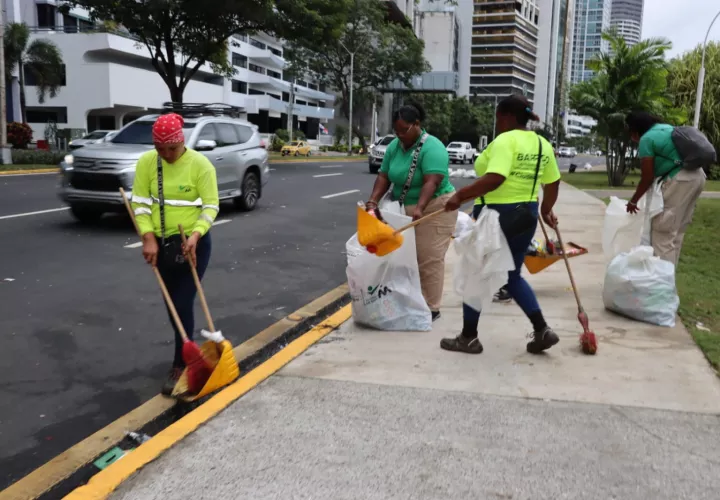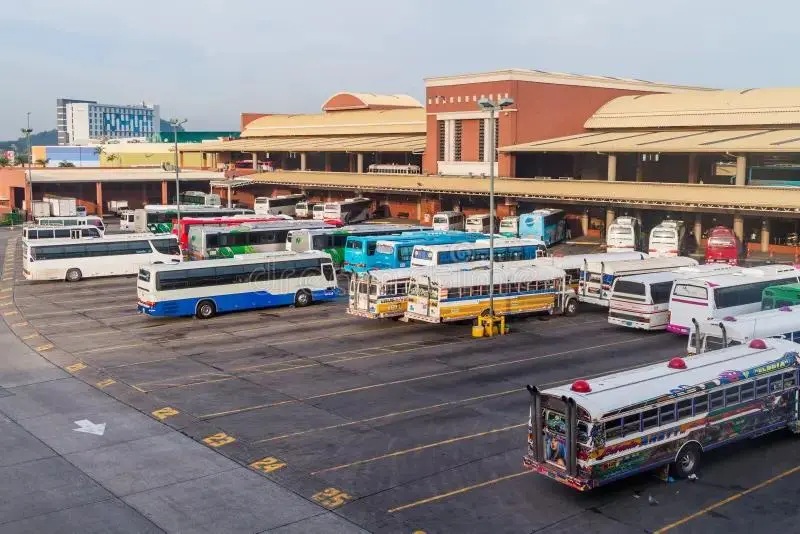Amid Regional Tensions the U.S. Revives Jungle Warfare Training in Panama
The U.S. military has revived jungle warfare training in Panama for the first time in more than 20 years, preparing soldiers in combat and survival tactics in dense, tropical environments amid increased tensions in the region.
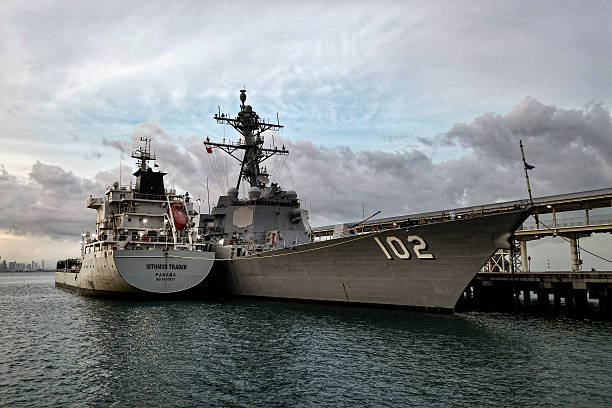
TOPSHOT - The US Navy warship USS Sampson (DDG 102) docks at the Amador International Cruise Terminal in Panama City. The United States sent three warships to the region amid escalating tensions with Venezuela, which deployed warships and drones to patrol the country's coastline. Another US missile destroyer, the USS Lake Erie, entered the Panama Canal from the Pacific Ocean heading for the Caribbean.
The Department of Defense (DOD) started sending conventional ground forces this fall to train alongside Panamanian security forces among the jungle’s deadly wildlife and smothering heat, readying troops during an intense three-week course at Base Aeronaval Cristóbal Colón, a naval base formerly known as Fort Sherman. The effort comes as a result of a bilateral agreement unrelated to escalating tensions between the U.S. and nearby Venezuela. As part of the new “Combined Jungle Operations Training Course,” soldiers last month conducted weapons drills and learned survival techniques, including how to build shelters, purify water and navigate the thick vegetation.
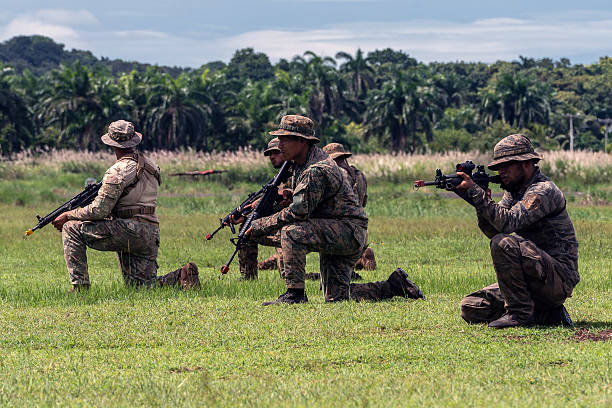
U.S. Army Maj. Cody McBroom, the lead planner for the jungle course, said that U.S. troops and Panamanian forces get to learn from each other as part of the program, which is expected to ramp up over the coming months. “We’re really looking at this as that interoperability training, where both of us are growing in our knowledge down here. So as we ramp this up, and obviously it’s what we can support, what they can support to make sure it’s mutually benefiting for both of us,” he said in a recent interview with The Hill. U.S. troops have trained in Panama since the early 20th century, preparing warfighters in rough terrain littered with insects, bushmaster pit vipers and other dangerous animals throughout the years.
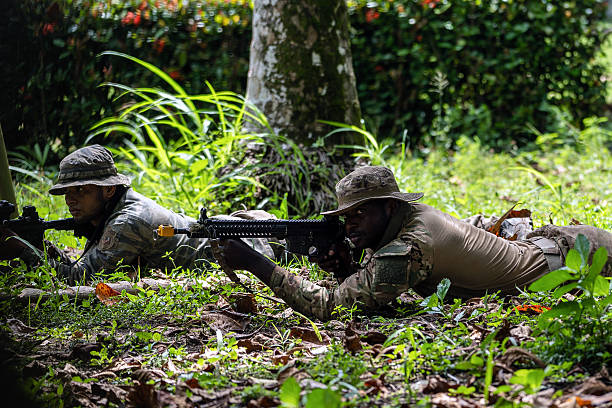
The Army established the Jungle Operations Training Center at Fort Sherman in the 1950s, training thousands of U.S. service members and Latin American forces. Fort Sherman was closed in 1999 and handed over to Panama, in part because of former President Carter’s 1977 treaty to turn over the Panama Canal by 2000. By the early 2000s, jungle warfare training was less of a priority as the global war on terror expanded in the Middle East. Still, the military trains personnel in Hawaii and in Okinawa, Japan. “You’ve got different plants, different terrain, different animals, everything else to deal with. To survive in Hawaii, almost paradise on earth, is a whole lot different than trying to survive here in Panama,” McBroom said.
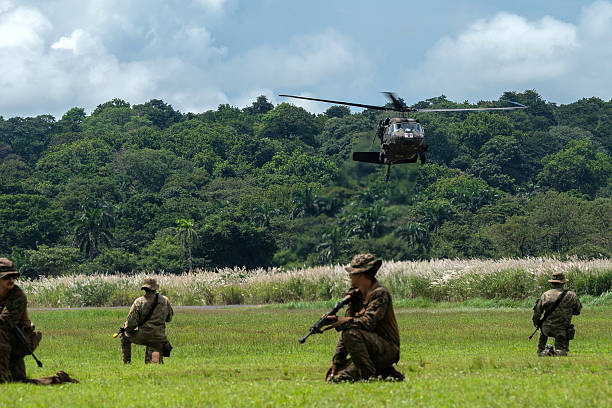
“Temperatures, humidity levels, trees that are trying to stick you with thorns and poison you down here, versus Hawaii, where everybody’s living their perfect life.” Earlier this year, President Trump said the U.S. wanted to take back the Panama Canal from Panama, saying the trade route is controlled by China. Since then, the U.S. and Panama have established an “expanded partnership,” increasing the level of joint training exercises and allowing Washington to use Panamanian-controlled facilities, including Aeronaval Base Cristóbal Colón, Rodman Naval Station and Howard Air Force Base. “The Panama Canal is key terrain that must be secured by Panama, with America, and not China,” Defense Secretary Pete Hegseth said in April.
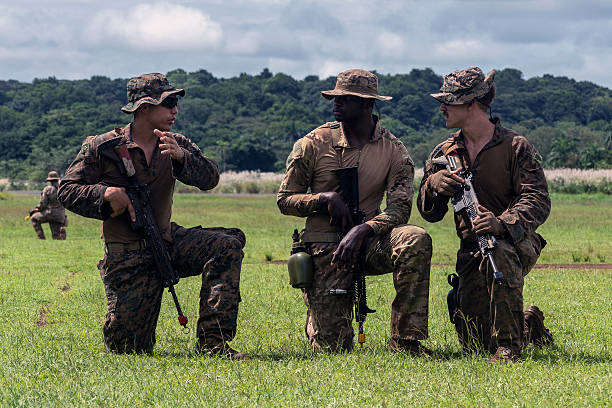
Panama has two motivations for negotiating the agreement with the U.S.: to build a closer military and security relationship and to “show” Washington that direct control of the canal by the U.S. is not necessary to guarantee its security, according to Benjamin Gedan, a senior fellow and the director of the Stimson Center Latin America program. “By offering training opportunities for U.S. forces, it helps reassure the United States that it can keep an eye on the canal and has close coordination with Panamanian security services. Again, so that Trump does not feel the direct U.S. operation of the canal is essential for safeguarding U.S. interests in that region,” Gedan said in an interview with The Hill on Friday.
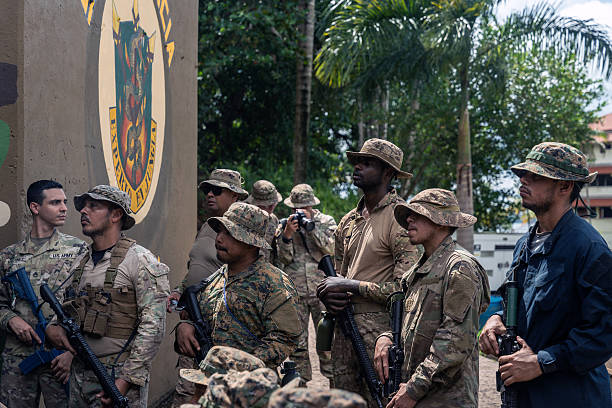
Tensions in Panama’s neighborhood have spiked in recent months. The Trump administration has positioned a massive military presence, sending to the Caribbean warships, F-35 fighter jets, spy and cargo planes and Marines, as it turns up the pressure against Venezuelan President Nicolás Maduro, calling him an “illegitimate leader” and claiming he is a leader of Venezuela’s Cartel de los Soles. The U.S. has argued that the accumulation of military assets in the U.S. Southern Command area — which was fortified over the weekend by the arrival of the USS Gerald R. Ford, the world’s largest aircraft carrier and its strike group — is to thwart the smuggling of illegal narcotics in the region and defend the U.S.
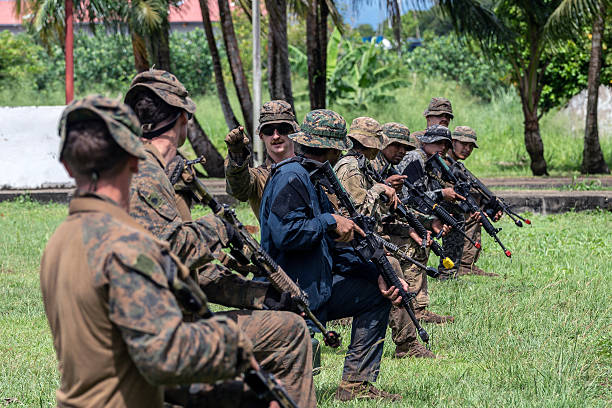
The U.S. military said it has blown up 21 alleged drug-trafficking boats in both the Caribbean Sea and the Eastern Pacific, killing at least 83 people, whom the administration has called “narco-terrorists.” Panama said last week that the jungle training exercises are not related to the U.S. buildup of military firepower or any potential operation against Venezuela and it is a byproduct of the agreement the nations struck earlier this year. “Panama is not lending its territory for any type of hostile act against Venezuela, nor against any other country in the world,” Panamanian President José Raúl Mulino said Thursday. Gedan, of the Stimson Center, concurred.
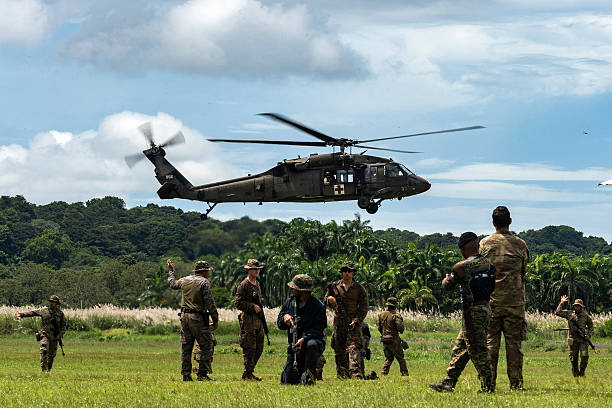
He said the cooperation is another example of the administration ramping up its attention on the region, but that the U.S. is still pivoting toward Latin America in a “pretty narrow way.” “If you were really pivoting to the Western Hemisphere, I think you would see a much broader strategy that takes advantage of many other tools of national power,” he said. McBroom said that 46 troops graduated during the three-week course last month, comprising 27 Panamanians, 18 Marines and one Army soldier. There is another course set up for November, which will conclude in December, and it will involve 15 Panamanians and 15 Americans.
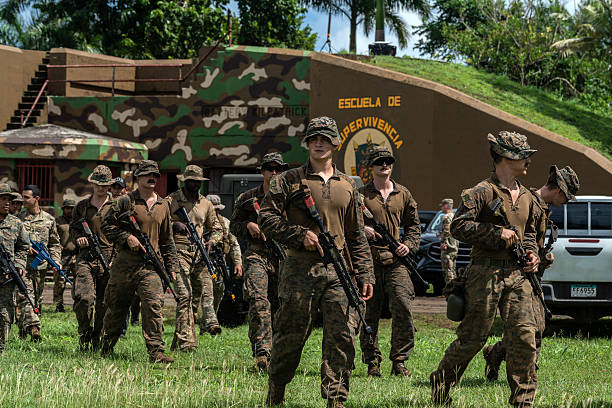
McBroom confirmed that the U.S. does plan to grow the program, but its development will also depend on how much Panama and its forces can support it. “I’m down here trying to build this force to be the best force that we can create down here, as safe as possible, even though we have the dangers of the environment, but at the same time, just trying to work that piece with the Panamanians of mutually supporting relationship here, how we work together, different tactics, techniques and that mutual support from both sides of the house to build a better course,” McBroom said.

